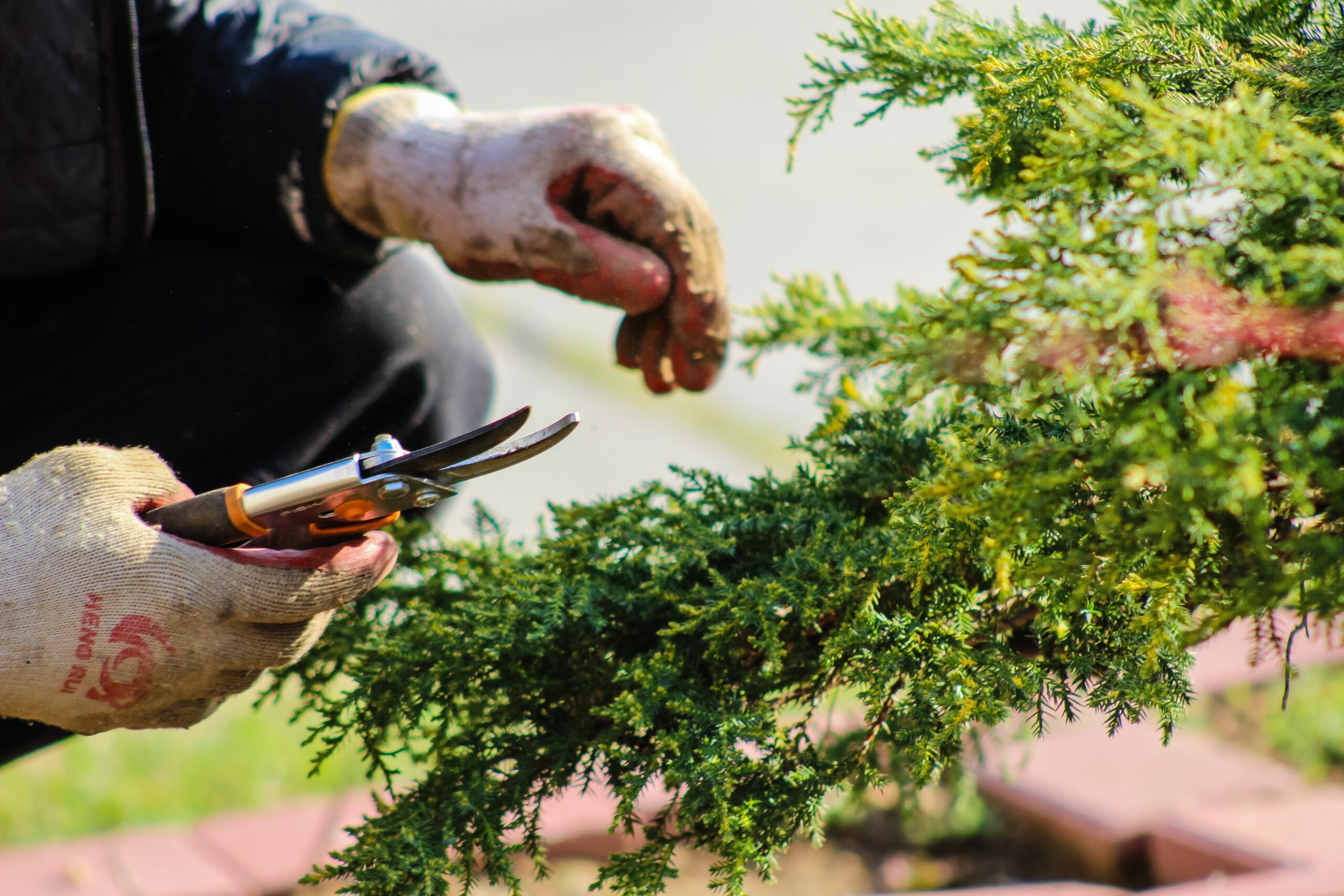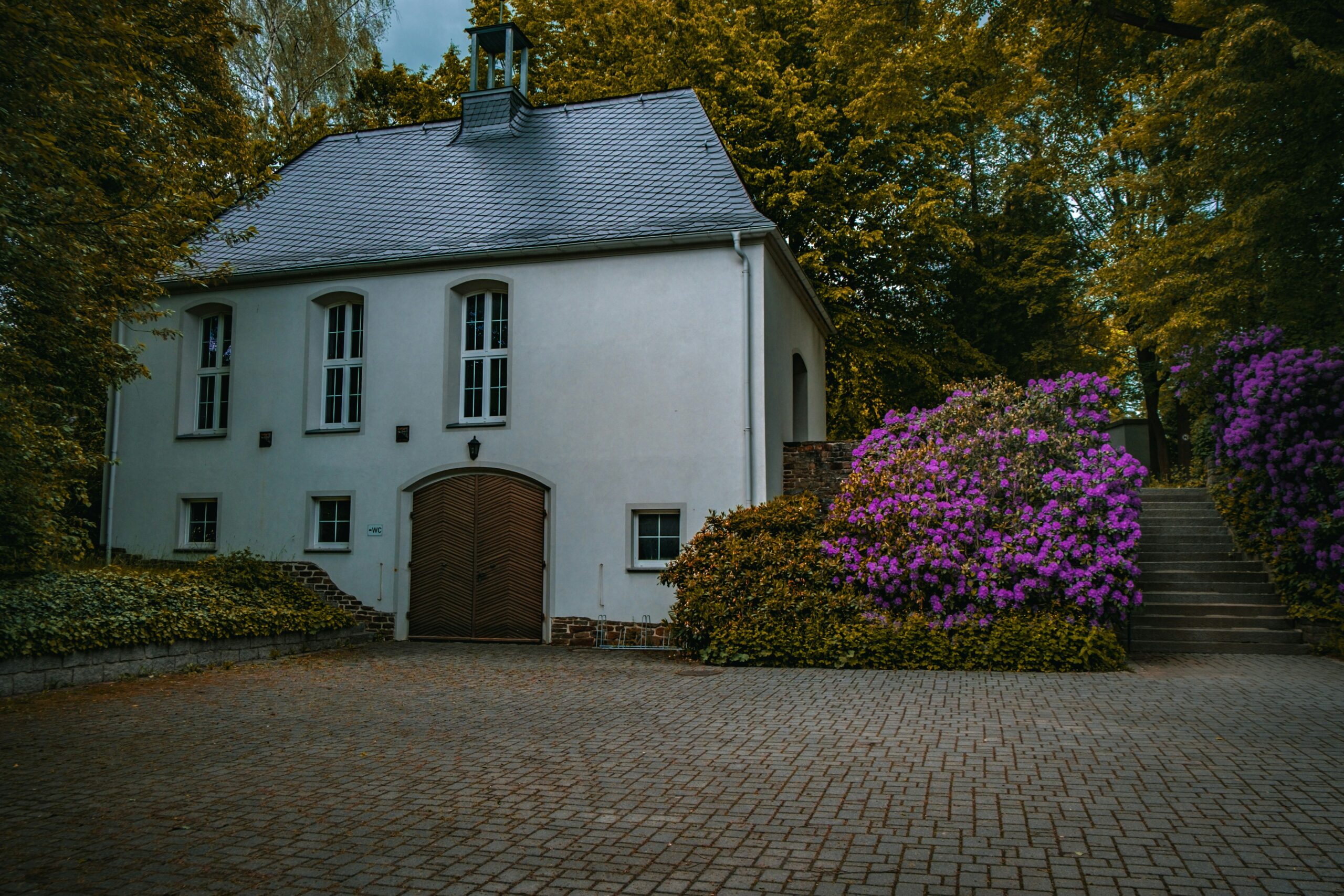Are you a new homeowner looking to transform your outdoor space into a lush and vibrant oasis? If so, understanding the art of pruning is essential. In this article, we will take you on a journey through the world of pruning, providing you with valuable tips and techniques to help you enhance the appearance and health of your landscaping. From shaping shrubs to rejuvenating trees, we’ve got you covered.
What Is Pruning?
Pruning is a horticultural practice that involves selectively removing certain parts of a plant, such as branches, shoots, or leaves. It is done for various reasons, including improving the overall appearance of the plant, promoting healthy growth, and maintaining its size and shape.
Pruning helps to remove dead or diseased parts, encourages the development of new growth, and enhances the plant’s ability to produce flowers or fruits. By removing excess or unwanted branches, pruning also allows for better air circulation and sunlight penetration, which can prevent the spread of diseases and improve the overall health of the plant.
How To Prune
Pruning is a skill that can greatly benefit homeowners in maintaining the health and appearance of their plants. Here are some essential steps to follow when pruning:
- Start with the right tools: Before you begin pruning, make sure you have the necessary tools such as pruning shears, loppers, and a pruning saw. Ensure that your tools are clean and sharp to make clean cuts.
- Identify the goal: Determine why you are pruning. Are you looking to shape the plant, remove dead or diseased branches, or promote new growth? Understanding the purpose will guide your pruning decisions.
- Choose the right time: Different plants have different pruning requirements, so it’s important to know the appropriate time to prune. Generally, it’s best to prune during the dormant season, but some plants may require pruning after flowering.
- Removal of dead or damaged branches: Start by removing any dead, diseased, or damaged branches. Make clean cuts just above the branch collar, the swollen area where the branch meets the trunk or main stem.
- Thinning overcrowded areas: If your plant is dense and overcrowded, selectively remove some branches to improve air circulation and light penetration. This will help prevent diseases and promote healthy growth.
- Structure the plant: If you want to shape your plant, carefully trim branches to achieve the desired form. Take care not to remove too much foliage at once, as it can stress the plant.
- Step back and assess: Throughout the pruning process, step back and assess the plant’s appearance. Make adjustments as needed to achieve the desired shape and overall balance.
Remember, pruning is a gradual process, and it’s better to prune conservatively rather than excessively. By following these steps and practicing proper pruning techniques, you can help your plants thrive and maintain a beautiful landscape.
When Is The Best Time To Prune Trees and Shrubs?
The best time to prune trees and shrubs depends on the specific species and their growth habits. In general, it is recommended to prune deciduous trees and shrubs during their dormant season, which is typically in late winter or early spring before new growth begins. This allows the plants to heal and recover before the growing season. However, there are exceptions, such as flowering shrubs that bloom on old wood, which should be pruned immediately after flowering.
How Often Should Pruning Be Done?
The frequency of pruning depends on the type of plant and its growth characteristics. For most trees and shrubs, it is generally recommended to prune them on an annual or biennial basis. Regular pruning helps maintain the desired shape, control size, and promote healthy growth. However, some plants may require more frequent pruning, such as fast-growing shrubs or hedges that need shaping multiple times a year. On the other hand, there are plants that require minimal pruning, such as slow-growing or flowering shrubs that only need occasional deadheading or selective pruning.
What Are The Risks Associated With Pruning?
While pruning is a beneficial practice, there are some risks associated with it if not done properly. One of the main risks is over-pruning, which can weaken the plant and hinder its ability to grow and thrive. Removing too many branches or foliage can stress the plant and make it more susceptible to diseases and pests. Another risk is improper pruning cuts, such as leaving stubs or making jagged cuts, which can create entry points for pathogens. Additionally, pruning at the wrong time or using dull or unsanitized tools can also pose risks to the plant’s health. It is important to follow proper pruning techniques, understand the specific needs of each plant, and exercise caution to minimize these risks and ensure successful pruning outcomes.
What Should Be Done With Pruned Branches and Leaves?
Proper disposal of pruned branches and leaves is essential to prevent the spread of diseases and pests. It is recommended to collect and remove the pruned branches and leaves from the immediate vicinity of the plants. These can be composted if they are free from diseases or pests. However, if there are signs of diseases or pests, it is best to dispose of them in sealed bags and discard them with regular household waste. Avoid leaving pruned debris on the ground, as it can attract pests and create a breeding ground for diseases. By properly disposing of pruned branches and leaves, you can help maintain a healthy and disease-free garden environment.
Do All Plants Need To Be Pruned?
Not all plants require pruning, as it depends on their growth habits and desired outcomes. Some plants naturally maintain their shape and size without the need for pruning. However, many plants can benefit from pruning to improve their appearance, promote healthy growth, and maintain their size. Pruning can help remove dead or diseased branches, shape the plant, and encourage the development of new growth. Remember to research and understand the specific pruning needs of each plant to determine if and when pruning is necessary for optimal plant health and aesthetics.
Conclusion
In conclusion, pruning is an essential practice for new homeowners looking to enhance the appearance and health of their landscaping. By understanding the purpose of pruning, following proper techniques, and considering the specific needs of each plant, homeowners can achieve beautiful and thriving outdoor spaces. Remember to use sharp and clean tools, prune at the appropriate time, remove dead or diseased branches, and step back to assess the plant’s appearance throughout the process. With these tips and a little practice, you can become a confident pruner and enjoy the benefits of a well-maintained and visually appealing garden.
Final Thoughts
Terracare Landscaping is your ticket to a stunning outdoor paradise. With a wealth of knowledge and over 35 years of experience, we have become the go-to experts for creating and maintaining captivating landscapes in New Jersey, including Bergen County, Wyckoff, and Franklin Lakes. Witness the awe-inspiring transformation of your home as we work our magic, turning your outdoor space into a breathtaking sanctuary. Reach out to us today and let the enchantment begin.
Sources
2. https://savvygardening.com/low-growing-shrubs-for-the-front-of-the-house/
3. https://fruit.wisc.edu/2023/08/22/plant-disease-vs-plant-stress-this-summer/




